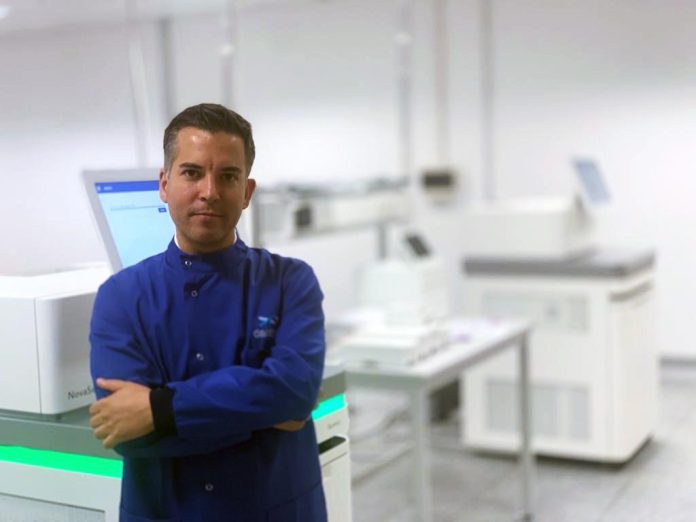Many professional environments require high levels of organisation and security. Pharmacies and medical laboratories are examples of workplace environments that need to prioritise this to function efficiently.
There are many reasons that workplace environments like these need to implement tools and procedures that help keep various things organised and secure.
These reasons range from sticking to data protection guidelines whilst keeping a record of medicines and patient information, to safety from exposure to harmful substances (chemicals, samples, etc.) or to deter theft and the subsequent abuse or resale of drugs.
In this article, we’ll cover those reasons and more, with in depth information on what tools pharma labs use and why it’s so important to keep a lab both organised and secure…
What Is a Pharmaceutical Laboratory?
A pharmaceutical laboratory can be known by various names, a pharma lab for short. It can also be referred in general as a medical laboratory. Different labs will have different purposes, some will be used for the storage and analysis of blood and other DNA or tissue samples, whilst others will be used for the creation, storage, organisation, and shipping of medications.
These labs are usually seen as where healthcare and pharmaceutical research meet each other. This means various things, such as safety concerns for patients, staff, and the protection of sensitive information.
There will also be strict rules and regulations in these environments that must be followed in order to prevent mistakes and adhere to safety standards, to name a few reasons. These are fast paced environments, so the procedures put in place make sure that staff can work efficiently and minimise any wasted time fixing mistakes or reorganising things.
So how do pharmacy labs implement organisational and security measures in their daily operations?
Organisation
A well organised lab will streamline processes and enhance the efficiency of workflow. To ensure a lab is organised in the best way possible, specific areas will be clearly defined for specific purposes.
Sections of the lab will be divided into areas such as:
- Spaces for medication preparation
- A space for compounding medications in order to create customised, mixed ingredient medications to suit the personal needs of a patient
- Clearly labelled (and possibly colour coded) storage area with drawers and trays so that pharmacists and technicians can quickly locate the required supplies or medications
By dividing the lab area into different sections, staff can work quicker. They can find what they need in less time, and this will reduce the risk of errors such as accidentally picking up the wrong or mislabelled equipment, medication or ingredient. Organisation will mean patients will receive their medications promptly, which is important in matters of medical urgency.
Additionally, by using an organised inventory system, staff will be able to track expiration dates and stock levels. This will help prevent any shortages or waste of medications.
There are many storage solutions, such as various types of dressing trolley for moving equipment across the lab or building and cabinets, including security cabinets and safes.
Security
Security works in combination with the organising tools and systems described above to keep track of medications and substances. This is important for many reasons, including safety, preventing loss or theft, and as an extra measure to keep medications organised and protected.
Pharmacy labs also handle sensitive patient information, so security protocols also helps with keeping within data protection guidelines. This information includes private records that can only be accessed by a medical professional, such as health history and prescription details.
A lot of this information is now stored digitally, so databases will be password protected and encrypted to prevent unauthorised access. Data leaks are serious issues and could possibly lead to costly lawsuits, fraud, invasion of privacy and so on.
Physically, storage solutions such as a controlled drug cabinet or a safe will be used to ensure that only authorised personnel can access sensitive materials and medications. This prevents the likelihood of theft.
Final Thoughts
Security and organisation work in tandem to ensure that pharmaceutical labs remain safe and efficient environments. With the right protocols, medical equipment and systems in place, professionals can make sure patients receive their treatment and results as quickly as possible.



 Bitcoin
Bitcoin  Ethereum
Ethereum  Tether
Tether  XRP
XRP  Solana
Solana  USDC
USDC  Cardano
Cardano  TRON
TRON  Lido Staked Ether
Lido Staked Ether  Avalanche
Avalanche  Toncoin
Toncoin